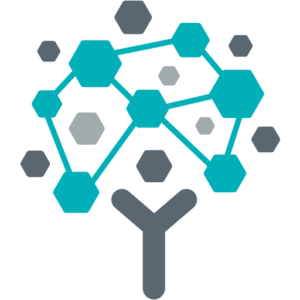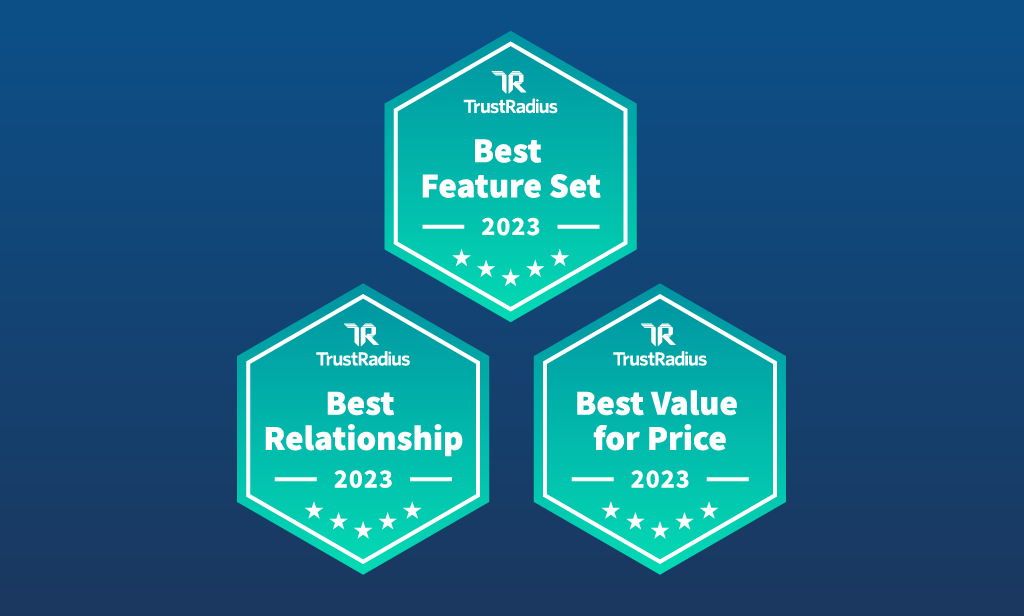Fund Accounting Solution, MIP Cloud, Research Study
3 Ways to Examine Your Accounting Systems to Implement Net Tuition Revenue for Your School

Reading Time: 4 minutes
Working to meet the financial need of families who qualify for financial aid does not mean sacrificing the biggest line item on your income statement, tuition.
When your school proactively approaches tuition and financial aid, you can increase student counts, build diversity, and work to capitalize on another tenant of creating a sustainable revenue stream with mission-appropriate families.
As outlined in A Whole School Strategy to Sustainable Revenue Streams for K-12 Private and Independent Schools, several strategies exist to change how your school approaches tuition collection, and the net tuition revenue model has gained popularity in recent years. Using this model helps your school maximize revenue and fill more seats. Instead of having some seats stay open and unused, your school might consider filling those seats with students who can pay partial tuition. The best part about the net tuition model is that your school can use it when it needs it and stop when it does not.
The key to deploying the net tuition model is based on a robust digital infrastructure equipped to draw conclusions from your financial data and create actionable reports.
Here are 3 ways to improve your digital accounting infrastructure:
1. Accounting at the Core
Potential students are being priced out of private education. According to figures from the National Association of Independent Schools, tuition costs have increased over 37% in the last decade. In comparison, median annual household incomes have only increased 36% over the same period.
According to NAIS figures, while efforts around financial aid help families make up the difference in tuition costs, demand for that aid has increased 23.31% over the last decade. Even more eye-opening is that the actual median value of financial aid grants has increased by 72.19% during that same period.
When it comes to maximizing enrollment, the net tuition model fills in and accounting is at its core. Using a complete accounting solution, your school’s finance team should be able to run reports and create “what-if” budgets that show the different scenarios students paying partial tuition can affect.
For example, your school’s tuition is $15,000 each year. Student X can pay $5,000 each year in grades 6-12 for a total of $35,000 by the time they graduate. You could leave this seat open from 6-8 grade then enroll student Y in the future who pays full tuition of $15,000 for 9-12 for a total of $60,000. In this case, your school would say “thank you for applying but we don’t have funding at this time” to student X. However, if student Z can pay $10,000 from 6-12 for a total of $70,000, by the time they graduate, then “Congrats student Z you are accepted for enrollment into grade 6 with a financial aid grant.” As you can see, just running this scenario gives your school a picture of where it might end up in the long run.
Your school can make better and more informed decisions when your finance team can plan and run scenarios that show the effect net tuition can have.
2. Cloud Solutions = Better Reporting
Your finance team is excellent, but under-equipped software can limit their impact. When your school uses a cloud-based fund accounting system, it’s optimizing existing workflows and provides your team the ability to work comprehensively—allowing accounting to seamlessly manage budgeting, reporting, and much more.
For example, a fund accounting solution that includes a flexible or dynamic chart of accounts is structured in a way to help you tell your school’s financial story. This feature allows your school’s finance team to present its financial data any way it wants. With a fund accounting solution, your team can present data by program, classroom, grant, or funding source, or by donations or fundraisers, among many others.
A flexible chart of accounts allows your team the ability to track contributions as well as budget and report:
- Over multiple years and different timeframes
- On fixed assets
- On restricted and unrestricted funds
- On grants
With informed reports, your school can dissect whether the net tuition model is appropriate and can determine how to deploy the model best if it is.
Fund accounting solutions also feature dashboards to allow your finance team to effortlessly analyze its fiscal positioning and view budgets versus actuals.
Cloud-based solutions also meet your team wherever they’re located. So, whether they’re onsite or remote, your finance team can access your school’s fiscal data securely anywhere they have an internet connection. Plus, having a cloud-based solution increases overall staff happiness and work-life balance.
3. Simplify Month-end Processes
Finally, fund accounting systems also allow your team to quickly wrap up its monthly financial statements. The process consists of four steps: record, close, analyze, and report. All four are integral to optimizing your school’s financial operations.
If your school uses a product like Microsoft Excel to generate reports, there may be more efficient ways of using your time to address student and staff needs. Over 75% of schools with 300 or fewer students said they still relied on solutions that are not built for concise school budgeting and reporting needs. Thirty-three percent of schools said they still used Excel as their primary accounting management tool, according to the 2022 K-12 Trends Report.
Managing multiple Excel sheets with an accounting program not customized for schools can negatively impact a school staff’s workload, ability to meet nonprofit tax compliance regulations, and opportunities for grants due to complex tracking and auditing needs grantors often require.
A fund accounting solution makes it easy to do month-end activities and generate reports. The bottom line is that fund accounting solutions increase efficiency and ensure your school is doing everything it can to capitalize on sustainable income sources.
If your school is considering adopting a net tuition model, ensure its properly equipped with a cloud-based fund accounting platform and reports that feature the data you need to make accurate fiscal conclusions. When your school has the correct information, it can make better and more informed decisions.
Did you know MIP Fund Accounting® comes equipped with 135 out-of-the-box report templates to allow your team more time to focus on other aspects than spend creating and generating reports? Contact us to schedule a demo of how MIP can help your school as it considers a net tuition model.
Share this post




